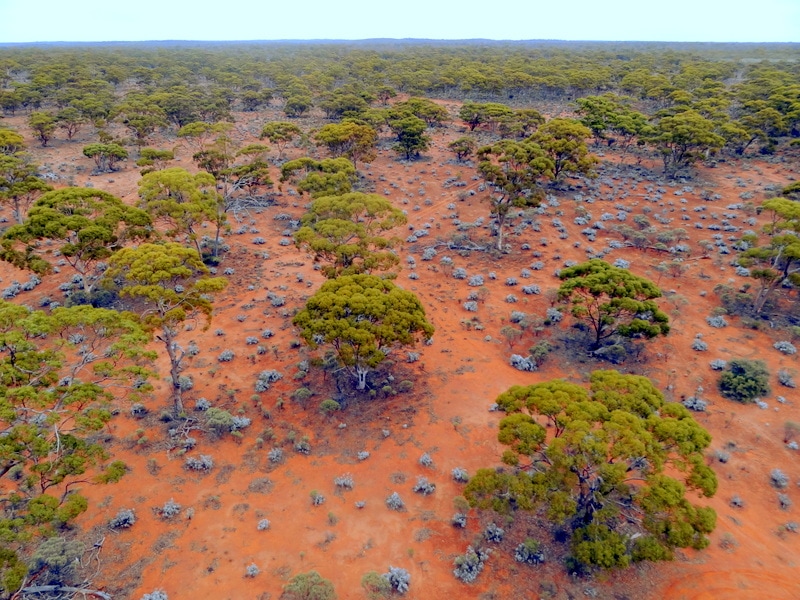Photo credit: TERN
Among the many data sets that TERN manages and publishes, two more are now available. These include above-ground woody biomass and phenocam records, both collected since 2012.
Biomass data
TERN’s long-term data set on above-ground woody biomass – effectively trees and woody shrubs – is now available.
These data have been collected across 15 TERN-operated sites, spanning 11 vegetation types representing all of Australia’s biomes. Primary observation data collected include tree-diameter and height, in many cases, sampled on the same individual trees every 4-5 years since 2010. These observations are used to calculate above-ground biomass across all vegetation types studied.
Biomass is broadly important to the study of forest carbon sequestration, climate change, and land degradation. Publication of the data set supports global efforts in all these areas.
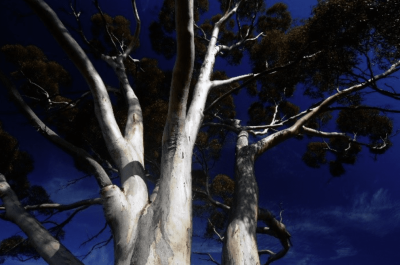
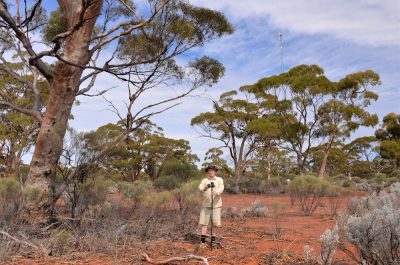
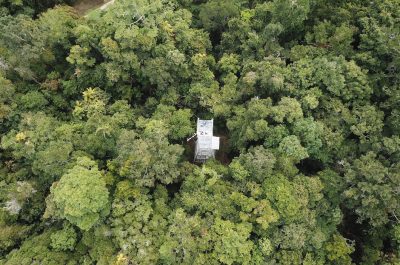
Photo credits: TERN
More specifically, information about woody biomass assists the mapping and monitoring of above-ground carbon storage at different scales. For example, at the one-hectare plot scale, it is possible to map and monitor carbon storage in relation to terrestrial energy fluxes. At the scale of an individual plant, these data allow monitoring of growth rates, mortality, species richness, abundance and turnover. The repeated sampling over a long period allows tracking of these parameters over the data period.
“The data are aggregated at different spatial scales: stem, tree and site-level,” says Dr Lachlan Charles, TERN Data Analyst. “This allows users to easily select the data that matches their queries.”
Researchers from CSIRO and eleven Australian universities collected the data. “If TERN did not exist,” continues Dr Charles, “there wouldn’t be co-ordinated data collection and accessing this amount of data would be very difficult and would require users to contact multiple researchers for permission and then standardise the data, which could be a lengthy process.”
The new data set and metadata (information about the data, such as sampling methodology and dates) are both available via the TERN Data Discovery Portal (TDDP), which is the gateway to all of TERN’s datasets.
In the portal, users can conduct textual and graphical searches on the metadata catalogue, using a web interface and ecologically related key words.
The new dataset will also be ingested into TERN’s EcoPlots portal, to make data searchable at the individual observation-level and to allow users to integrate data with other plot-based ecology dataset.
The difference between the portals is that within EcoPlots, users can access multiple site survey datasets at different temporal and spatial scales in a single downloadable file.
Phenology camera data
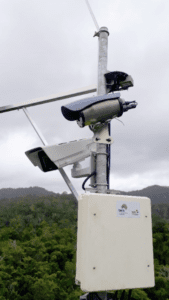
New phenology camera data has been released by TERN; these include chromatic indices data from newly deployed phenocams.
Phenology is the study of cyclic vegetation changes over time, such as the seasonal colour changes of northern hemisphere deciduous forests. In Australia, TERN’s time-lapse cameras are monitoring the timing of changes in vegetation greenness and providing vital information on our changing ecosystems and their services.
TERN maintains numerous instrument towers around Australia from which sensors measure various ecological parameters. Among the instruments on these towers are phenology cameras, also called phenocams, which point downwards and automatically deliver a stream of photographic data (10 to 24 images per day) during daylight hours, of canopy and understory vegetation changes in their field of view.
Using telecommunication, the remote cameras are connected to TERN data servers, and upload time-series data (images) automatically. They also flow to a central platform developed collaboratively by TERN for storage and processing into a number of in-demand products for the research community, including a ‘greenness’ index and other chromatic indices using vegindex, the post-processing framework for PhenoCam Web Services.
The new data set TERN is publishing includes nearly 600,000 legacy and real-time phenocam images, recorded via 63 TERN phenocams across 18 SuperSites that TERN samples regularly. The location of TERN SuperSites covers all Australian biomes, including mountain eucalypt forests in Victoria, Northern Territory savannahs, Wandoo woodland in Western Australia, rainforest in the Queensland wet tropics, plus all other habitat types.
The data set spans 2012 to present and collection is ongoing. The degree of continuity varies depending on the type of camera and location. Most cameras will have capacity for at least one year’s worth of images.
Analysis of the images is complicated.
“Scientists define a region of interest on a base image,” says Dr Habacuc Flores-Moreno, TERN Data Curation Analyst. “Chromatic coordinates, or quantitative colour estimates, are calculated for this region in all images across time. In effect, you are looking at the same spot in an image and can record how its colour changes cyclically from season to season over years.”
TERN hosts the data and enables researchers to freely access it.
“It is difficult to imagine that the effort of collecting and analysing the data could be done without a national-level infrastructure that is also enriched with ecosystem process monitoring,” concludes Dr Flores-Moreno.
The data set is now available here and includes images for both legacy and existing operated phenocams. Chromatic coordinates (and a very comprehensive range of calculated colour parameters important for analysis) are available only for real-time cameras. Other parameters, such as time and date, information on lighting conditions, solar elevation, latitude and longitude, and breakdown of vegetation types, are published with the chromatic indices.
More phenocams will be deployed on TERN sites and images will be processed near-real-time to derive chromatic indices daily. In the future, chromatic indices will be published as a separate data stream to improve ease of access to derived data.


